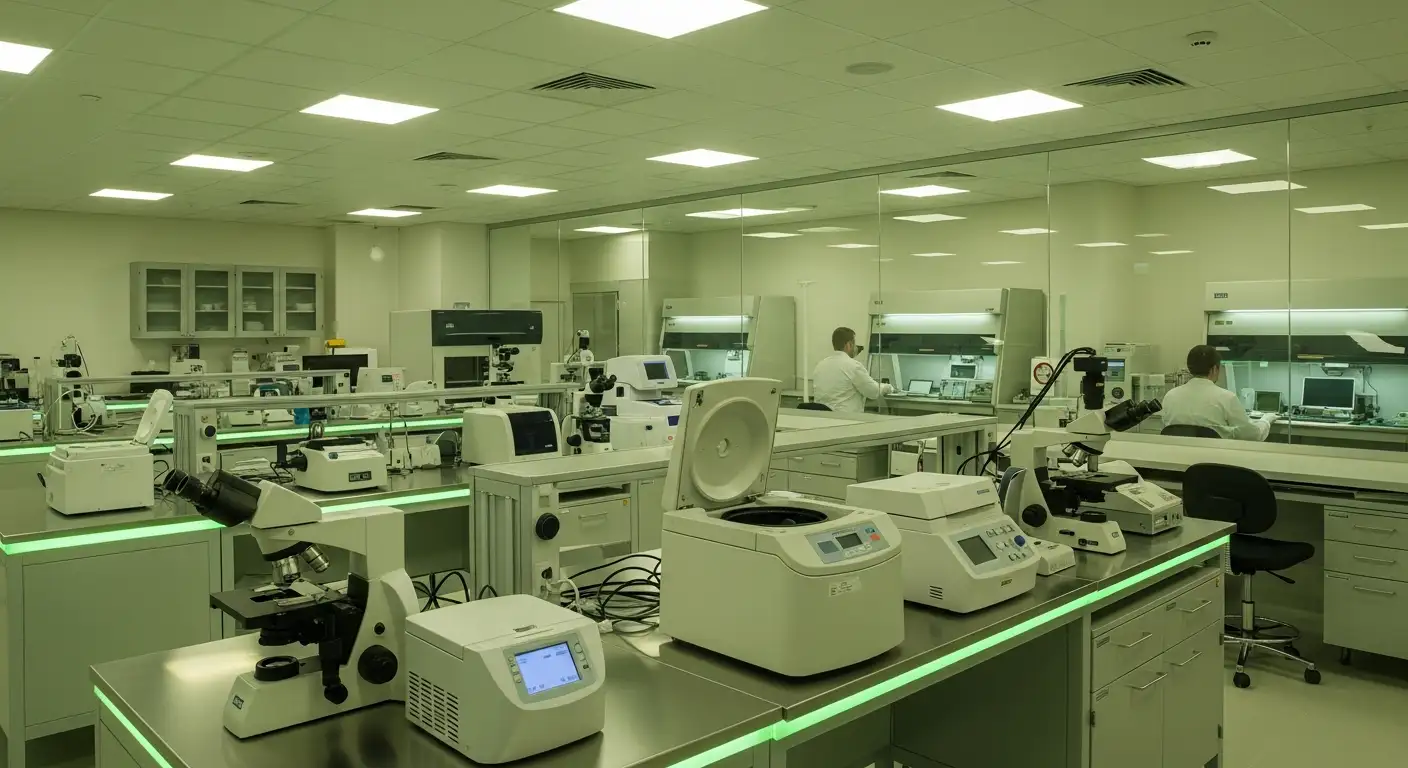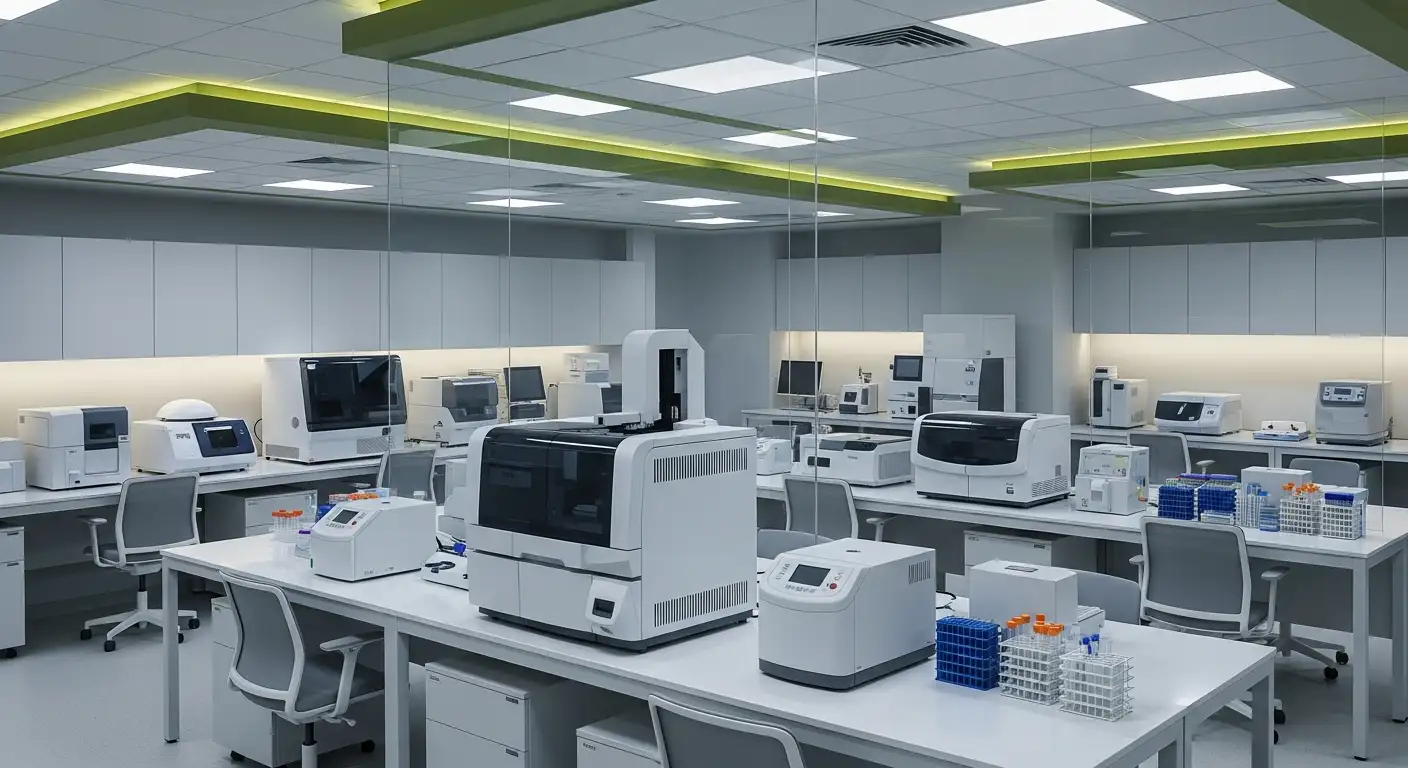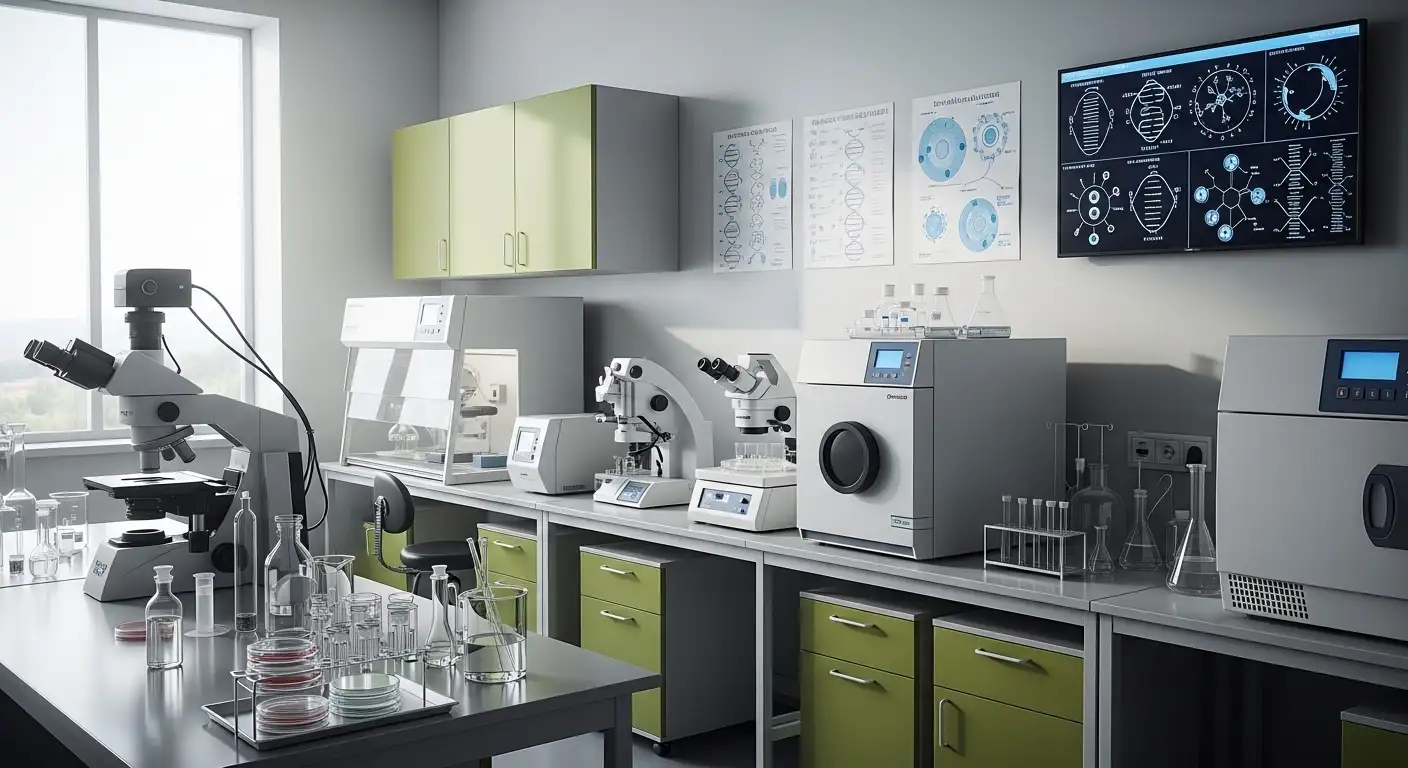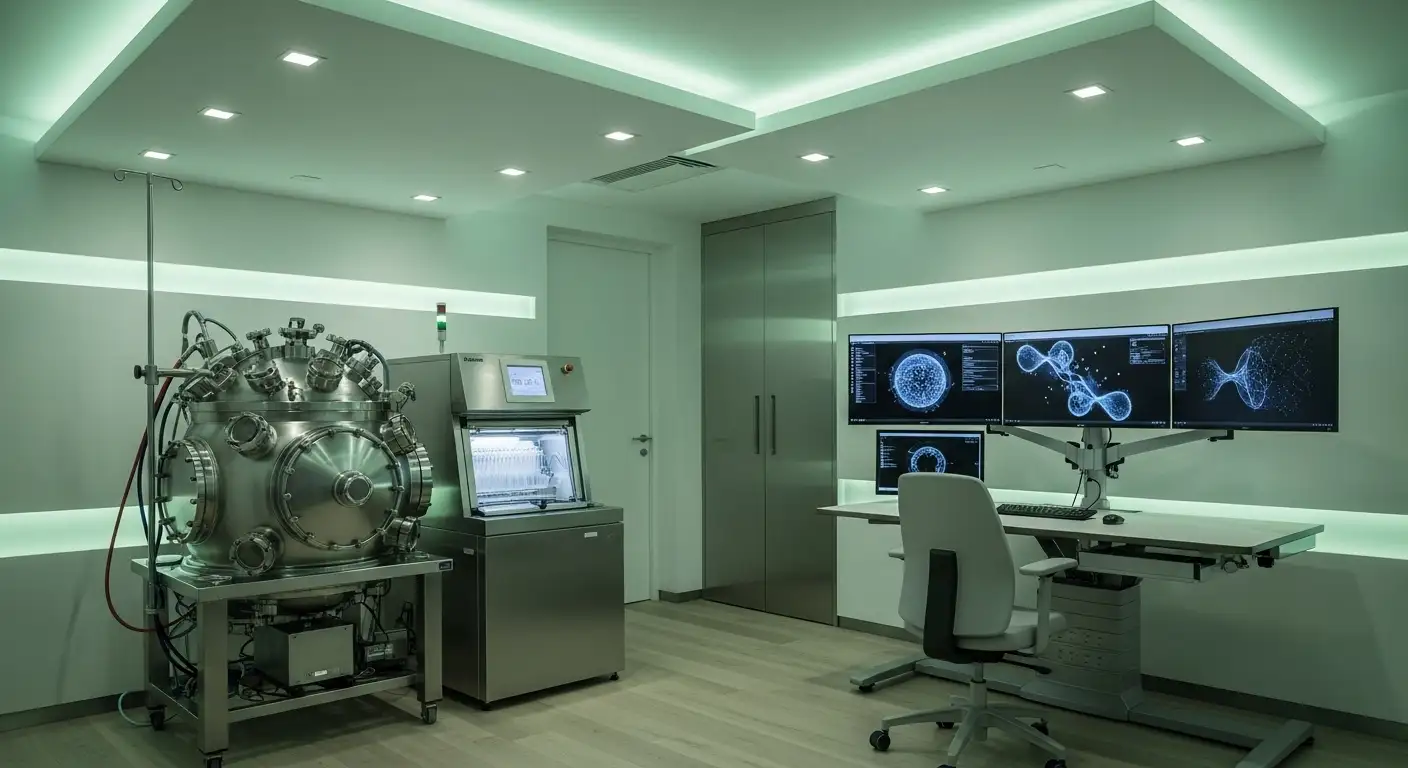Signs of a successful embryo implantation
Recognizing Early Signals of Embryo Implantation Success
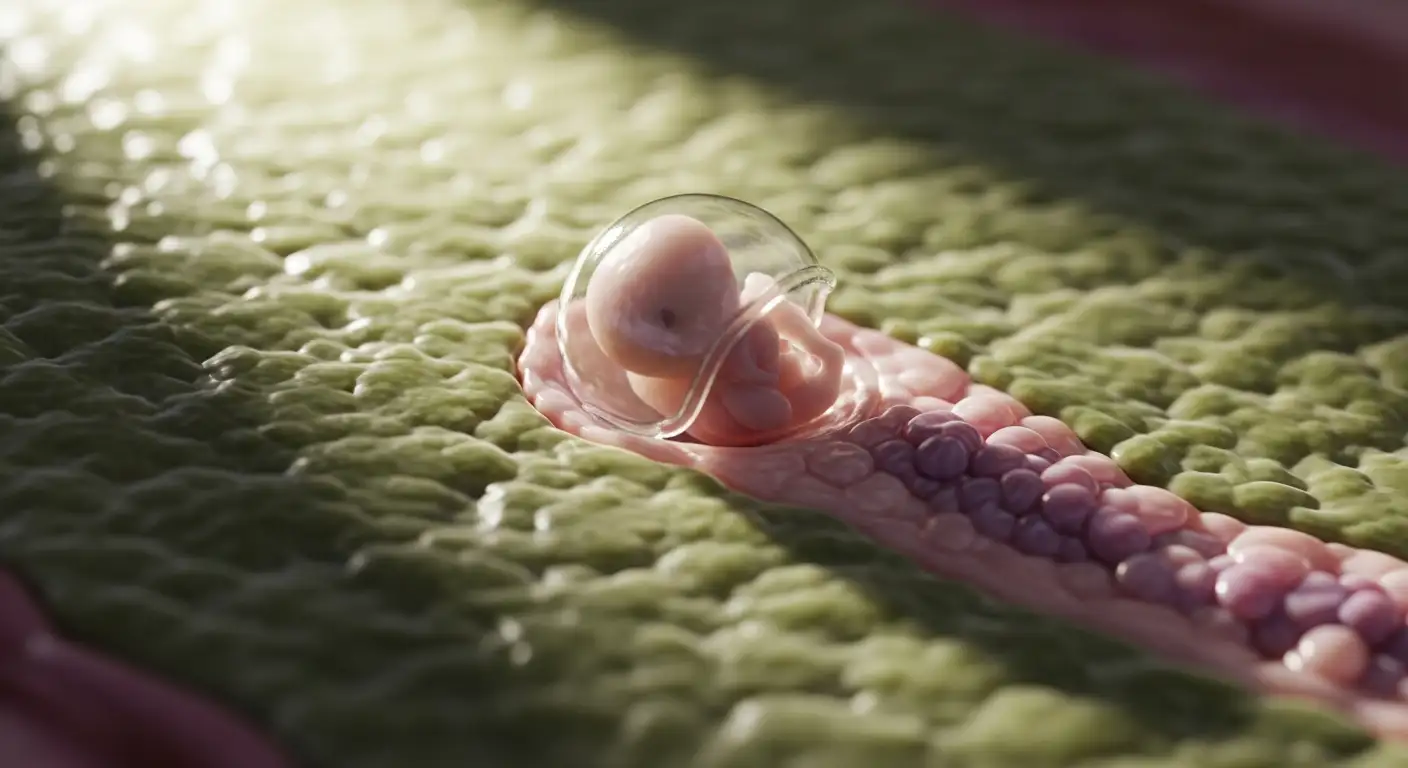
Understanding Embryo Implantation and Early Pregnancy Signs
Embryo implantation marks a crucial phase in assisted reproduction, signaling the beginning of pregnancy after an embryo transfer. Recognizing the early signs of successful implantation can provide hopeful individuals and couples with reassurance during the often-anxious two-week wait period post-transfer. This article explores the typical indicators of embryo implantation, the biological processes involved, and the importance of clinical confirmation methods to give a clear picture of what to expect.
The Embryo Transfer Process and Initial Biological Events

How is the embryo transfer procedure performed?
Embryo transfer involves placing the highest quality embryo into the uterus using a specialized catheter. This simple and painless procedure is done under ultrasound guidance to precisely position the embryo. Patients typically do not require sedation or anesthesia.
What is the significance of the blastocyst stage in embryo transfer?
Embryos are usually transferred at the blastocyst stage, which occurs on Day 5 of development for fresh transfers. Frozen embryo transfers can be conducted between Days 5 and 7 and allow for prior genetic screening.
What is the timeline for implantation after transfer?
Implantation begins when the blastocyst attaches to the uterine wall around Day 1 to 3 post-transfer. The embryo then prepares to penetrate the uterine lining's mucosa for further development.
How does early embryonic development proceed after implantation?
By Day 4, the embryo transitions into a gastrula. Subsequent days involve the formation of primary placental structures, preparing the embryo for sustained growth.
When does hCG production start and why is it important?
The embryo’s chorionic tissue begins producing human chorionic gonadotropin (hCG) around Day 7 post-transfer. This hormone is crucial as its detection marks the earliest biochemical sign of pregnancy and helps confirm implantation success.
Common Physical Signs Indicative of Implantation Success

Light Spotting or Bleeding
One of the earliest indications that implantation may be successful is light spotting or bleeding. This occurs as the embryo embeds into the uterine lining, causing slight bleeding called implantation bleeding. It typically happens around 7 to 9 days after embryo transfer and is generally light compared to a normal period.
Mild Cramping
Along with spotting, mild cramping or pelvic discomfort can occur as the uterus adjusts to the embryo's presence and implantation begins. These cramps are usually mild and not severe enough to disrupt daily activities.
Breast Tenderness and Swelling
Hormonal changes, particularly rising progesterone and hCG levels, can lead to breast tenderness, soreness, or swelling shortly after implantation. This is a common symptom reflecting early pregnancy changes influenced by hormone fluctuations.
Bloating
Early pregnancy hormones can cause bloating similar to premenstrual symptoms. This uncomfortable fullness results from increased progesterone levels affecting the digestive system and water retention.
Increased Vaginal Discharge
Changes in vaginal discharge, especially an increase in white or creamy discharge, may indicate early pregnancy. This discharge is usually mild-smelling and is a sign of hormonal shifts supporting the pregnancy.
Pelvic Discomfort
Some women experience a sense of pelvic fullness or mild pain as the uterus accommodates the implanting embryo. This discomfort is typically localized and not accompanied by heavy bleeding.
These physical signs are usual after embryo transfer but vary greatly among individuals—some may experience several symptoms, while others notice none. Importantly, symptom presence or absence does not definitively confirm pregnancy success; a pregnancy test remains the most reliable method for confirmation.
Hormonal Changes and Their Effects on Early Pregnancy Symptoms
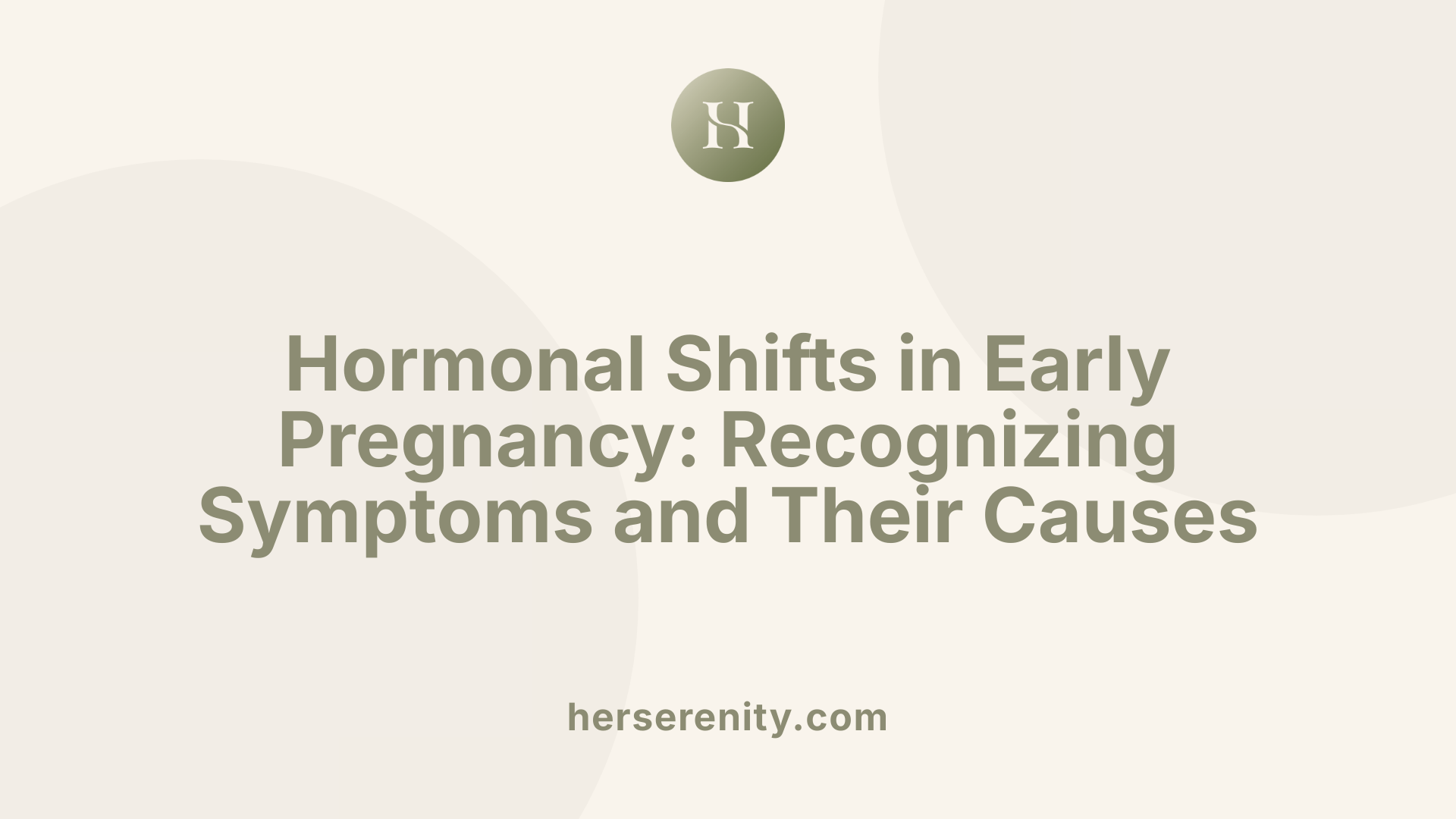
How Do Progesterone Effects Manifest After Embryo Transfer?
Progesterone is a critical hormone after embryo transfer that helps maintain the uterine lining to support pregnancy. Elevated progesterone levels can cause symptoms like fatigue, mood swings, and bloating. These symptoms are common and also result from fertility medications taken during the IVF process.
What Role Does Increased hCG Play in Early Pregnancy?
Human chorionic gonadotropin (hCG) begins to be secreted around 7 days post-embryo transfer as the embryo implants into the uterine wall. This hormone supports the corpus luteum to continue hormone production for pregnancy maintenance. Rising hCG levels often trigger increased urination and can contribute to breast tenderness.
How Are Fatigue and Mood Swings Related to Hormonal Changes?
Both fatigue and mood changes are typical due to increased progesterone and the overall hormonal surge during early pregnancy. These hormonal fluctuations also support adjustments in blood volume and metabolism necessary for gestation.
Why Is There an Increased Need to Urinate?
The rise in hCG increases blood flow to the kidneys, which can lead to more frequent urination even in the earliest stages of pregnancy.
What Causes Breast Soreness?
Breast tenderness and swelling are caused by elevated progesterone and hCG levels preparing the body for breastfeeding. This soreness is a positive indication of embryo implantation and early pregnancy.
Are Nausea and Headaches Common After Embryo Transfer?
Nausea and headaches can occur during the two-week wait period due to hormonal fluctuations, mainly increases in progesterone and hCG. These symptoms vary widely in intensity and presence among individuals.
These hormonal changes reflect natural pregnancy progression and effects from IVF medications, making symptom monitoring essential but not definitive for pregnancy confirmation.
The Importance of Clinical Testing and Monitoring for Confirmation

When Should Pregnancy Testing Be Conducted After Embryo Transfer?
Pregnancy testing is typically recommended about 9 to 16 days post-embryo transfer, often aligning with the timeframe of a missed period. This timing helps ensure accuracy and avoids false results caused by residual hormones.
How Reliable Is the Beta-hCG Blood Test?
The beta-hCG blood test is the most reliable method to confirm pregnancy after embryo transfer. Typically conducted between 10 to 14 days post-transfer, it measures the hormone human chorionic gonadotropin (hCG) produced by the embryo, indicating successful implantation.
Why Should Premature Testing Be Avoided?
Testing too early can lead to inaccurate results, including false positives, especially if a trigger shot containing hCG was used in preparation for egg retrieval or transfer. Waiting until the recommended days post-transfer is essential for dependable results.
How Is Ultrasound Used in Pregnancy Confirmation?
An ultrasound scan, usually scheduled around 7 weeks of pregnancy, verifies the presence of a gestational sac and later confirms fetal heartbeat. This is critical for assessing pregnancy viability after a positive beta-hCG test.
What Effects Do hCG Trigger Shots Have on Testing?
Trigger shots involve hCG administration to induce egg maturation during IVF cycles. Since this hormone can linger in the bloodstream, it may affect early pregnancy tests, highlighting the importance of timing tests appropriately.
When Is the Scan Scheduled After Embryo Transfer?
A first scan is generally scheduled at approximately 7 weeks gestation to confirm gestational sac development and detect the fetal heartbeat, providing reassurance of pregnancy progression.
Proper clinical testing and scheduling offer the clearest confirmation of pregnancy success after embryo transfer, minimizing uncertainty from symptoms alone and ensuring that care teams can provide appropriate guidance and support.
Understanding the Variability of Symptoms and When to Seek Medical Advice

Absence of Symptoms
Many people undergoing embryo transfer may notice no symptoms at all, and this is entirely normal. Pregnancy can occur without any noticeable signs during the early stages post-transfer, so the absence of symptoms should not immediately cause concern or be interpreted as failure.
Normal Variation in Symptoms
Symptom experience after embryo transfer varies widely. Common symptoms like fatigue, mild cramping, breast tenderness, spotting, bloating, and changes in vaginal discharge can appear due to hormonal changes or early pregnancy. However, not everyone will experience these, and symptoms may come and go.
Warning Signs Requiring Medical Attention
Certain symptoms warrant prompt medical consultation. These include heavy vaginal bleeding, severe abdominal or pelvic pain, shoulder pain, faintness, or brown discharge. Such signs might indicate complications and should be addressed immediately to ensure safety.
Post-Transfer Medical Guidance
After embryo transfer, it is advisable to continue routine medications such as progesterone to support the uterine lining. Regular follow-ups with the fertility specialist will guide the appropriate timing for pregnancy testing, typically about 9–14 days post-transfer. Early testing may be misleading, especially if hCG trigger shots were administered.
Managing Expectations During the Two-Week Wait
The period between embryo transfer and pregnancy testing, often called the two-week wait, can be stressful. Understanding that symptoms may mimic pregnancy or be absent, and that early symptoms can also stem from medications, helps manage expectations. Psychological support and gentle self-care during this time are beneficial to cope with anxiety.
| Aspect | Details | Notes |
|---|---|---|
| Symptom Presence | May be present or absent | No symptoms do not mean failure |
| Common Symptoms | Fatigue, spotting, breast tenderness, cramping, bloating, discharge | Vary in intensity and duration |
| Serious Symptoms to Watch | Heavy bleeding, severe pain, faintness, brown discharge | Requires immediate medical review |
| Medication Support | Continue progesterone and other prescribed meds | Maintains endometrial lining |
| Pregnancy Testing Timing | Usually 9-14 days post-transfer; avoid premature testing due to possible false positives | Follow specialist instructions |
| Emotional Support | Psychological care and stress management recommended during the two-week wait | Helps manage anxiety and uncertainty |
Supporting a Healthy Implantation Environment and Managing Post-Transfer Care
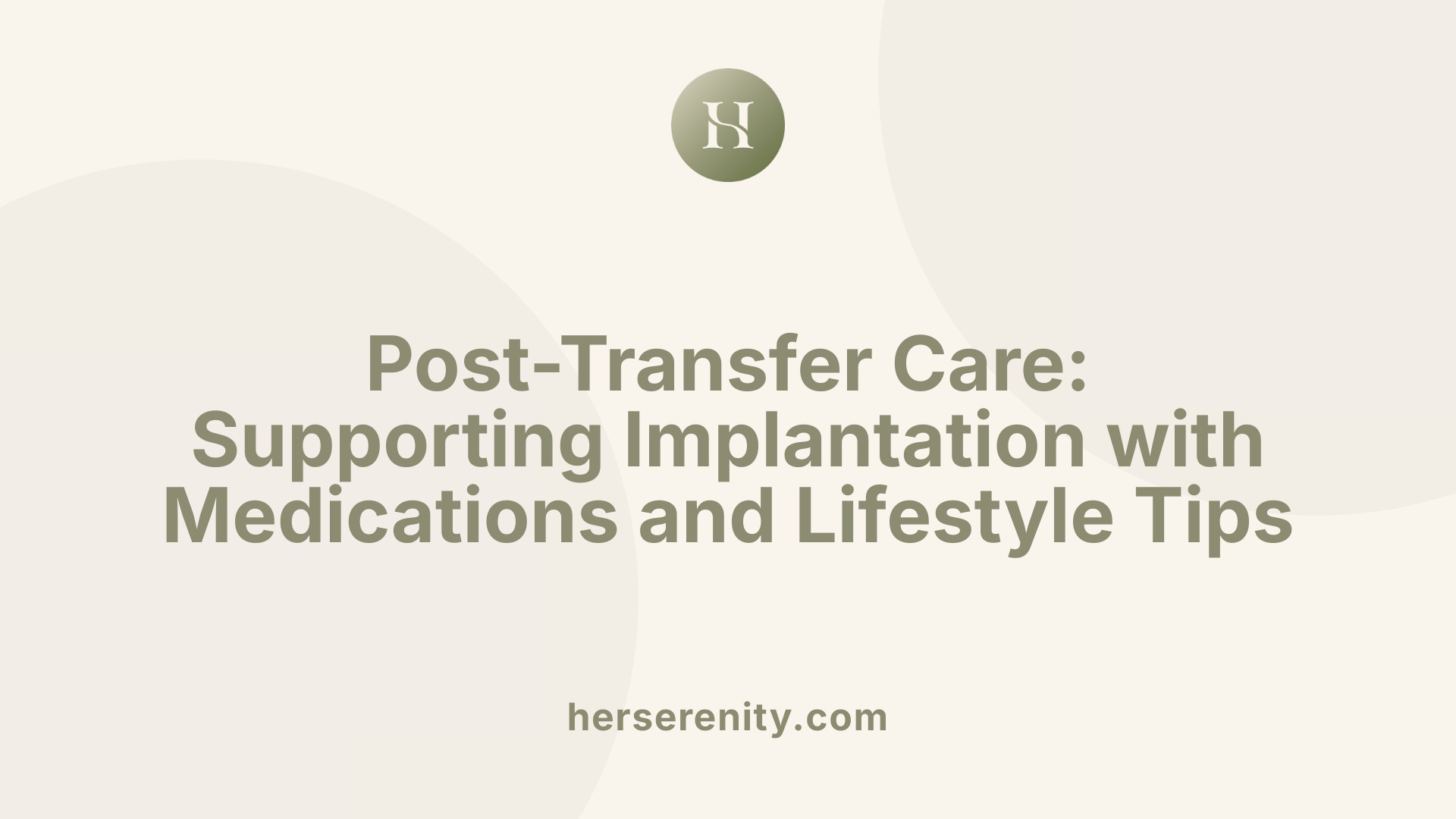
Medications like progesterone and estradiol
After embryo transfer, medications such as progesterone and estradiol are routinely prescribed to support the endometrial lining and promote a favorable environment for implantation. Progesterone helps maintain the uterine lining and mimics natural hormonal changes seen in early pregnancy, while estradiol supports uterine receptivity. Continuation of these medications is typically recommended until around eight weeks of pregnancy.
Recommended post-transfer activities
Patients are usually encouraged to maintain normal, gentle daily activities after embryo transfer. There is no medical necessity for strict bed rest, and moderate movement is considered safe. However, avoiding strenuous exercise, heavy lifting, and exposure to excessive heat is advisable to support optimal implantation conditions.
Myths and misconceptions about bed rest
Contrary to popular belief, extended bed rest following embryo transfer is not medically required and has not been shown to improve pregnancy outcomes. The practice of restricting travel, sexual activity, or normal walking lacks evidence-based support. Instead, patients are advised to follow their healthcare provider's guidance tailored to their individual circumstances.
Psychological support and stress management
The two-week wait period post-transfer can be emotionally challenging. Providing psychological support and stress management strategies is important in helping patients cope with anxiety and uncertainty. Relaxation techniques, counseling, and support groups can be valuable resources during this time.
Importance of uterine preparation
Before the transfer, ultrasounds are performed to assess the uterus and ensure that the endometrial lining is suitably thick and receptive. Proper uterine preparation maximizes the chances of successful implantation and pregnancy. Hormonal treatments prior to transfer help optimize this environment, setting the foundation for embryo acceptance.
Final Thoughts on Recognizing Successful Embryo Implantation
Recognizing the signs of successful embryo implantation is a blend of understanding physiological, hormonal, and clinical perspectives. While physical symptoms such as light bleeding, cramping, and breast tenderness can suggest early pregnancy, the absence of symptoms does not imply failure. Hormonal treatments and medications post-transfer can mimic or influence these signs, underscoring the importance of clinical testing for accurate diagnosis. Throughout the two-week wait, maintaining a balance of careful observation and emotional support is key. Ultimately, patience and communication with medical professionals will guide hopeful parents through this critical phase in their fertility journey.
References
- Signs Your Embryo Transfer May Have Been Successful
- What are the symptoms after the embryo transfer of donor ...
- Signs Your Embryo Transfer May Have Been Successful
- Embryo Transfer: Day-by-Day Guide & What to Expect
- IVF treatment - Results of your pregnancy test
- 10 Positive Signs After Embryo Transfer

